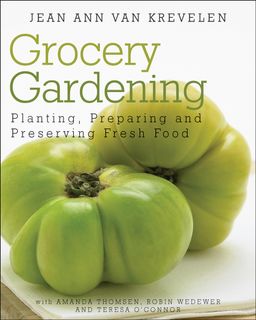Happy New Year! Or, is it? The fact is it depends on who you ask and when…In much of the world, it took quite a while before Jan. 1 was actually considered the start of the year.
Throughout history, different countries have celebrated the beginning of the year on different days ranging from March 25 to Sept. 1 to Dec. 25.
The French observed Easter as the start of the year for centuries. They introduced Jan. 1 as New Year's Day in 1564, ahead of many European countries.
Within Italy, different cities started the year on conflicting days. Venice celebrated on March 1 until 1797, when it was conquered by the French Emperor Napoleon.
Florence began the year on March 25 … as did England and the American Colonies until the end of 1751.
Until 1911, the Catholic Church started its ecclesiastical year on Dec. 25 at Christmas.
And the traditional Asian calendar begins the Chinese New Year sometime between mid-January and late-February, depending on the year.
So, as you can see, the issue of when to start the year has been anything but clear throughout much of history.
A Bit About Janus: The month of January is named after the double-faced Roman God Janus, who looks back to the old year and forward to the new one.
That makes it an appropriate symbol for those who like to spend time reflecting during the holidays on the past year and what they would like to attract for the next one.
Lunar Treat: A special bonus this year (2009) is the full moon, partial lunar eclipse occurring right before New Year's Day 2010. It's exact Dec. 31, 2009 at 2:13 p.m. EST. As the second full moon of the month, it's also a blue moon.
Images Credit: Although the moon isn't full in the delightful vintage card above, the festive mood is certainly appropriate as we enter a new decade. All of the cards in this post are from riptheskull at flickr.com. She has an amazing collection of old cards. Go check it out!
Happy New Year everyone! Here's to a peaceful and prosperous 2010 for us all.
For more about the calendar: Marking Time: The Epic Quest to Invent the Perfect Calendar.
And the traditional Asian calendar begins the Chinese New Year sometime between mid-January and late-February, depending on the year.
So, as you can see, the issue of when to start the year has been anything but clear throughout much of history.
A Bit About Janus: The month of January is named after the double-faced Roman God Janus, who looks back to the old year and forward to the new one.
That makes it an appropriate symbol for those who like to spend time reflecting during the holidays on the past year and what they would like to attract for the next one.
Lunar Treat: A special bonus this year (2009) is the full moon, partial lunar eclipse occurring right before New Year's Day 2010. It's exact Dec. 31, 2009 at 2:13 p.m. EST. As the second full moon of the month, it's also a blue moon.
Images Credit: Although the moon isn't full in the delightful vintage card above, the festive mood is certainly appropriate as we enter a new decade. All of the cards in this post are from riptheskull at flickr.com. She has an amazing collection of old cards. Go check it out!
Happy New Year everyone! Here's to a peaceful and prosperous 2010 for us all.
For more about the calendar: Marking Time: The Epic Quest to Invent the Perfect Calendar.
.jpg)
.jpg)
.jpg)
.jpg)
.jpg)
-1.jpg)









.jpg)













































